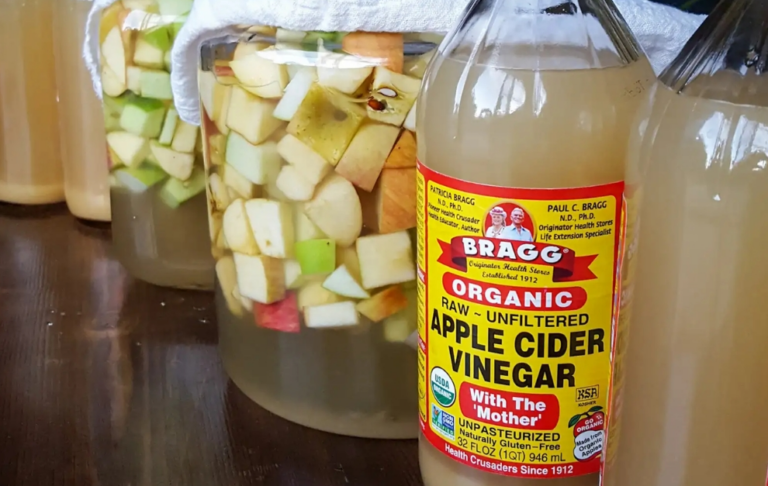Candida overgrowth and fungal infections can be stubborn adversaries, often causing discomfort and recurring issues. However, a straightforward, natural remedy incorporated into your nightly routine may offer significant relief. Apple cider vinegar (ACV), renowned for its antifungal properties, can be a game-changer in restoring skin health and balance.
Why Apple Cider Vinegar Works
ACV contains acetic acid, which disrupts fungal cell membranes, effectively halting their growth. Additionally, it helps acidify the skin’s environment, making it less hospitable for Candida and other fungi.
How to Use ACV for Fungal Infections
-
Prepare Your Soak: Before bed, fill a basin with warm water and add one cup of apple cider vinegar. Ensure the water is comfortably warm to avoid skin irritation.
-
Soak the Affected Area: Immerse the area prone to fungal infections—such as feet or skin folds—in the solution for 15-20 minutes. For oral thrush, gargling with a diluted ACV solution for 1-2 minutes can be beneficial.
-
Dry Thoroughly: After soaking, pat the area completely dry, as moisture can promote fungal growth. Use a clean towel to prevent re-infection.
-
Optional – Apply Coconut Oil: Post-soak, applying coconut oil can enhance antifungal effects. Its lauric and caprylic acids offer additional fungal-fighting properties and soothe the skin.
-
Repeat Nightly: Consistency is key. Incorporate this routine into your nightly regimen until symptoms improve.
Precautions
While ACV is generally safe, it may cause irritation on sensitive or broken skin. Conduct a patch test before full application. If discomfort persists or the condition worsens, consult a healthcare professional for tailored advice.
By integrating this simple ACV soak into your bedtime routine, you can naturally combat Candida and fungal infections, promoting healthier skin and overall well-being.
